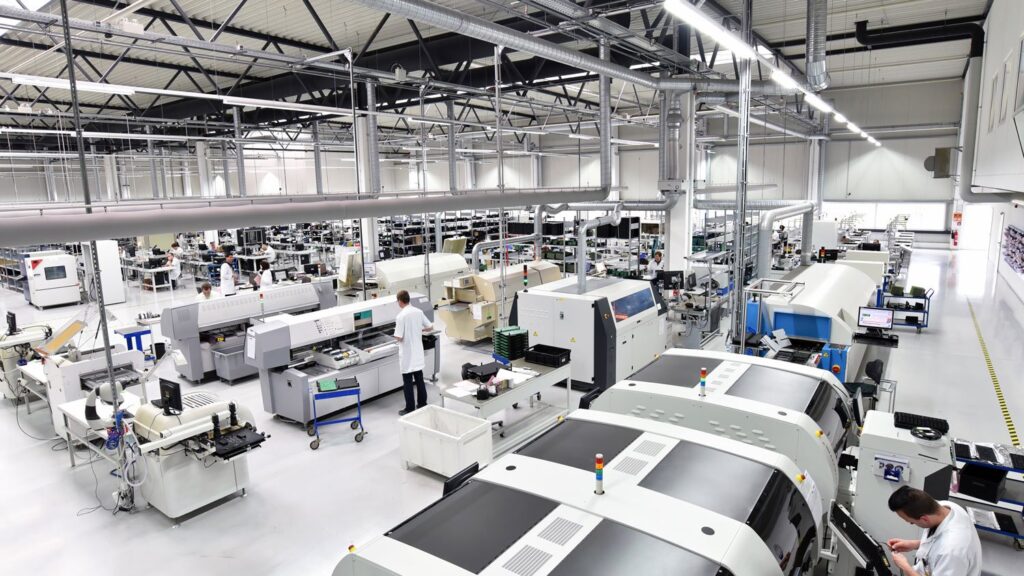A virtual factory is nothing more than a software tool that allows you to build and deploy machine learning models without writing any code.
Instead, it can be used to create a variety of models, including predictive ones that predict customer behavior or fraud detection models that flag fraudulent transactions.
The beauty of using a virtual factory is that it eliminates the need for coding expertise while still allowing those who have some knowledge of how machine learning works to use this technology effectively in their organizations”
Select And Test Machine Learning Models

Machine learning is a field that has gained great popularity in the last decade. However, it’s not easy to become an expert with just a couple of weeks of training or reading some books.
This is why this article will help you understand how to select and test machine learning models for your data science project.
The first step is selecting the right model, data, problem, and algorithm for your digital factory. If you don’t do this right, then your results won’t be accurate and will lead to inaccurate conclusions being made
based on these results by yourself or others who use them as a reference point when they make decisions about their future projects.
Secure Your Data Pipeline
Data security is a complex problem, requiring a multi-pronged approach. Data security solutions must be comprehensive and multilayered. For example, a virtual factory needs to secure its data pipeline in order to accomplish its mission.
At the very least, this includes implementing strong encryption for every piece of sensitive information that passes through your system, whether it’s personal user data (e.g., credit card numbers), intellectual property (e.g., source code), or any other type of sensitive data (e.g., customer financial details).
Decentralized Data Storage And Processing
Decentralized storage and computing are the most important components of a virtual factory. In the traditional model, all data is stored in one central location and processed by one central entity
(whether it’s Google or Amazon). But when you decentralize your data, you can distribute it across multiple computers to reduce costs and provide redundancy in case something goes wrong.
According to a software provider Micro Focus, “Digital Factory teams are obsessively focused on digital product development.
Aligned around synergistic objectives and incentives, team members can rapidly develop more insightful services and elevated customer experiences.”
Make Your Factory Open Source
Making your factory open source is a great way to get help from the community and improve the quality of your product.
Open-source software is free, transparent, and can be improved by anyone who wants to contribute. This will allow you to focus on building a profitable business instead of supporting it yourself.
The benefits of open-source software are many:
- It’s free! If you’re not ready for paid licensing fees yet, this option is for you.
- It’s transparent! Anyone can see what code changes were made when someone else has submitted their pull request in GitHub or Bitbucket as well as how active their user base has been lately (check out analytics). This transparency helps ensure that nothing fishy goes down behind closed doors at any point along production lines because everyone knows exactly where things stand throughout every step of development cycles – which means fewer bugs too!
So, that’s it. You now know how to start a virtual factory. So it’s time to get started!
